Title: Segues to Success: The Role of Mindset in Career Transitions
Shakespeare once declared, “All the world’s a stage.” Indeed, the play of life manifests through shifting roles and varying acts, each providing fertile ground for growth and discovery. A crucial player in this drama is the context of our professional lives — career transitions. Throughout our lifetimes, we’ll constellate myriad roles, each an evolution of some former incarnation, each calling us to reimagine and reinvent ourselves continually.
For far too many of us, however, career transitions can feel like traversing through treacherous waters. A hailstorm of challenges overwhelms us — the fear of unknown territories, the agony of untapped potential, the gnawing indifference of complacency. Yet, these barriers we perceive are often mirages, illusions born out of a paradigm that pitches us against radical change rather than blending with it harmonically.
Mindset can be the magician that demystifies these illusions. It can be the mystical key that manifests the reality from the ethereal realm of imagination. A constructive, resilient, and adaptive mindset is indeed the talisman that metamorphoses trepidation into triumphant transition.
So, what does it mean to have an adaptive mindset? It signifies having an outlook that’s not calcified by past setbacks but galvanized by the opportunities they cultivate. This mindset doesn’t dwell on the anguish of failure but thrives on the lessons it educates. A positive, transformational mindset doesn’t just endure change but it actually embraces it, basks in it, and ultimately is invigorated by it.
However, an adaptive mindset isn’t unearthed overnight like a precious gem. It is meticulously chiseled into existence, through continual self-reflection, exponential learning, and ceaseless growth. This process might seem intimidating, but once activated, it can unleash a cascade of innovation, creativity, and prosperity.
Drawing principles from Buddhism, we learn about adapting to the fluidity of life through the philosophy of “annicca” or impermanence. The doctrine teaches that everything is in a state of flux — our bodies, our thoughts, our emotions, and indeed, our career paths. By internalizing this principle, we can develop an enlightening perspective that perpetuates civilized navigation through the choppy waves of career transitions.
Our professional journeys echo the unpredictable rhythms of life, with its crescendos and decrescendos. They aren’t linear pathways imprinted by predetermined trajectories. They’re rather akin to the abstract contours of a Jackson Pollock painting — messy, chaotic, yet imbued with profound meaning and beauty.
Transitioning careers is, hence, an art form — one that necessitates vision, courage, and dexterity. By steering the rudder of mindset, we elicit the dualistic power of adversity and possibility. This isn’t so much a call for relentless optimism but rather a cultivated stoicism that can withstand all seasons of change.
A noteworthy consideration — professional transitions aren’t confined to job switches alone. They encompass role augmentations, industry uprooting, and even entrepreneurial ventures. Each transition is an opportunity to reaffirm your passion, refine your skills, replenish your knowledge, and rediscover your potentiality.
However, navigating these transitions isn’t a solo venture, barring all external influences. It’s a synergetic engagement between the self and other, the individual and society. Thus, networking, collaboration, and mentoring elevate from being mere business jargon to the bedrock of successful career transitioning.
Additionally, one impetus for cultivating an adaptive mindset is a pervasive embrace of learning. By standing on the precipice of curiosity, we imbue our professional lives with a more profound level of fulfillment and growth. Reinvigorating education, reskilling, and upskilling regulations are no longer just recommendations — they are the essential prescriptions for professional evolution and satisfaction.
To culminate, the key to elegant career transitions isn’t confined to monetary incentives, social stature, or corporal security alone. It isn’t about chasing the new or discarding the old. It’s about a deep-seated transformation, a radical departure from our comfort zones and complacency. It’s an empowering journey of self-discovery.
Mindset, then, is the compass that guides this transformative journey. It is the channel of transition — the segue to success. Like a potter shaping clay into a vessel, fostering a malleable mindset can shape our careers, and indeed our lives, into a purposeful masterpiece.
Characterizing the spirit of this article, perhaps we can pivot from Shakespeare’s world-as-a-stage metaphor to Carl Jung’s philosophy: “I am not what happened to me, I am what I choose to become.” Your career, hence, isn’t a timestamp of your past; it’s a canvas for your evolving future.
Prepare to navigate, imagine, adapt, and learn. After all, the greatest investment is to plunge into the profound waters of self-growth where the undercurrent of mindset will buoy you to your destined shores.

